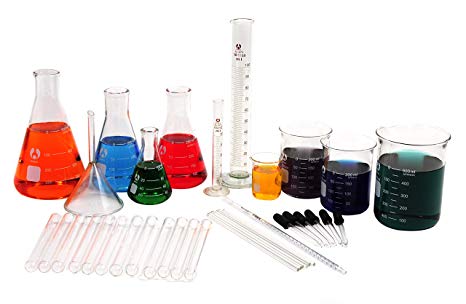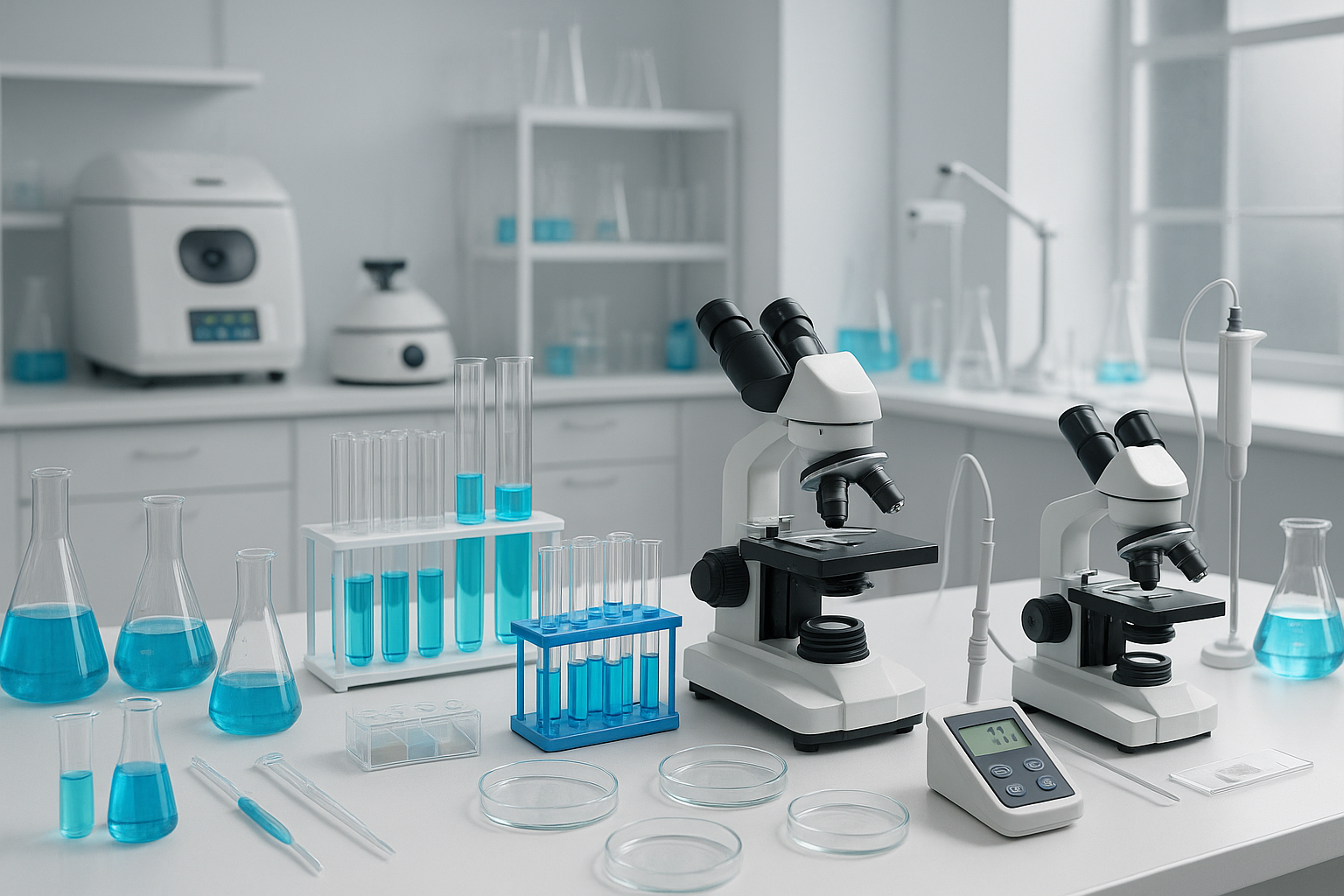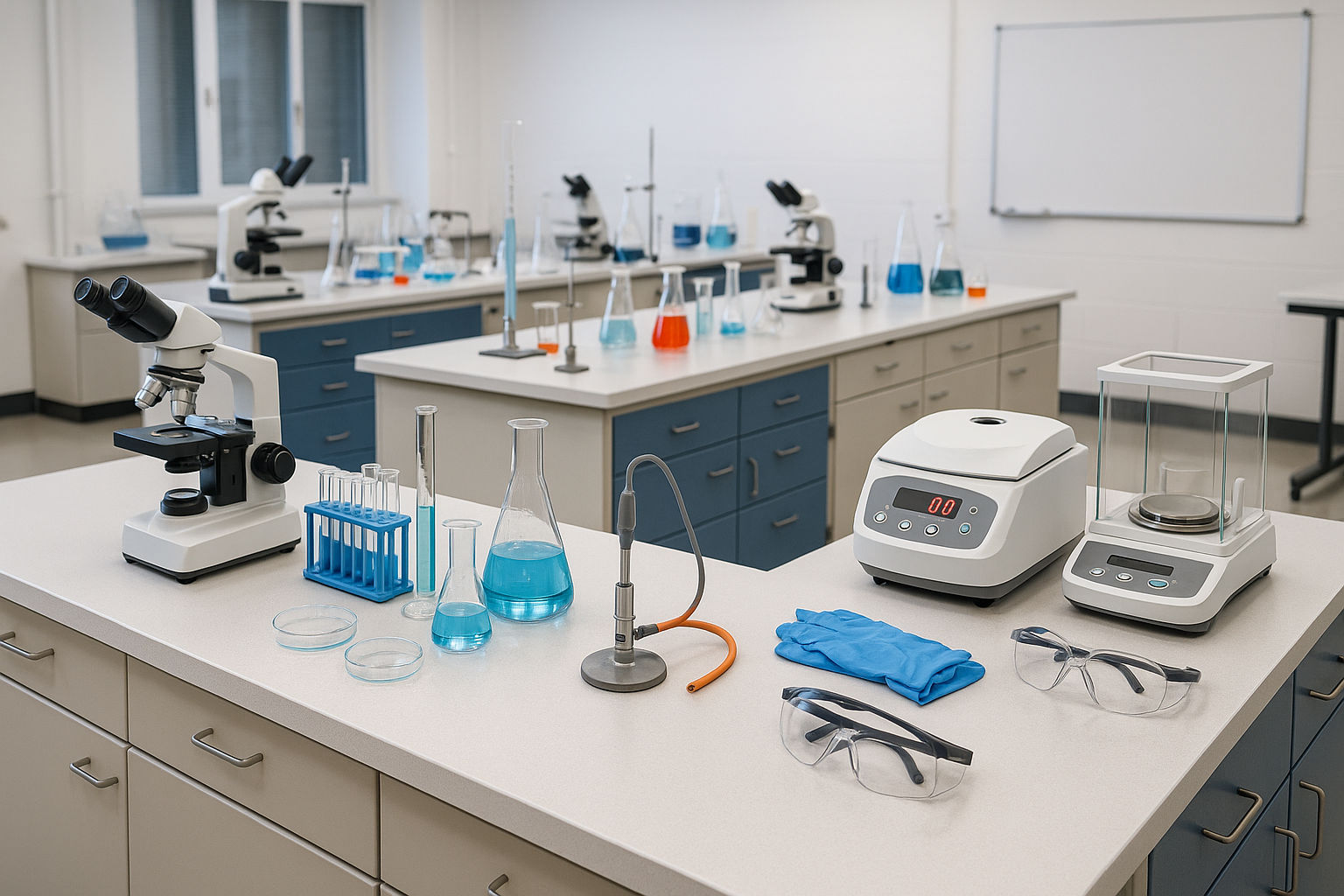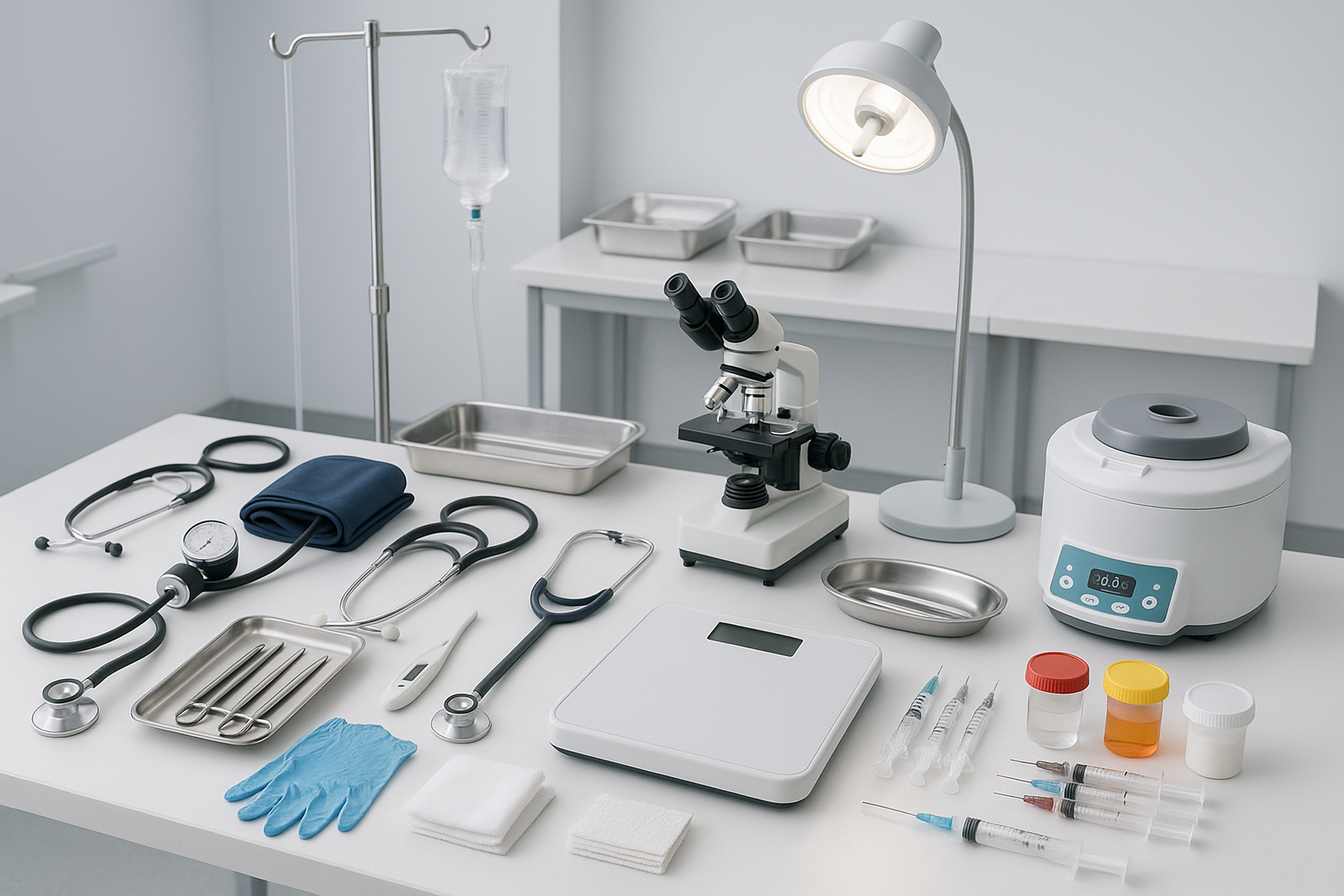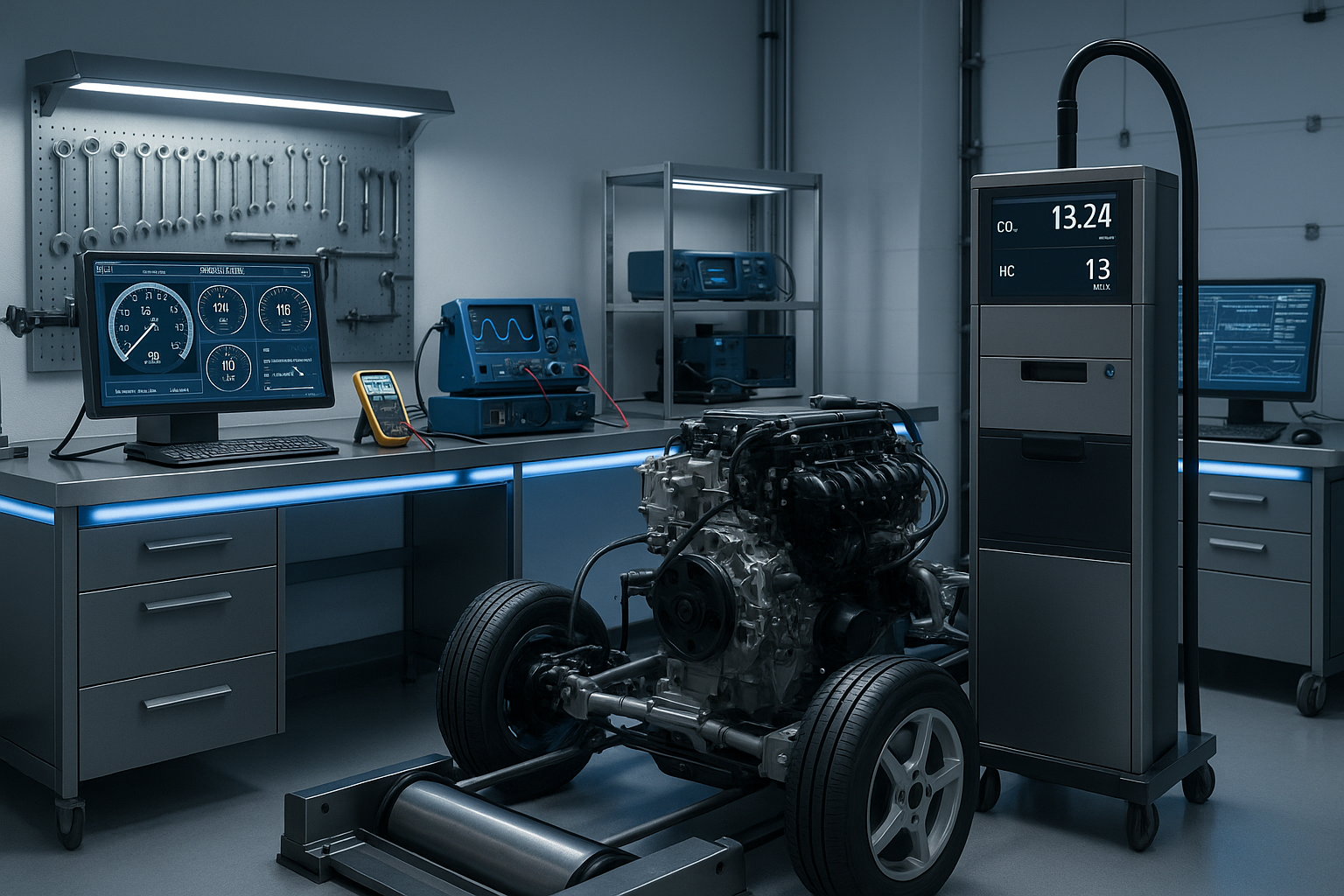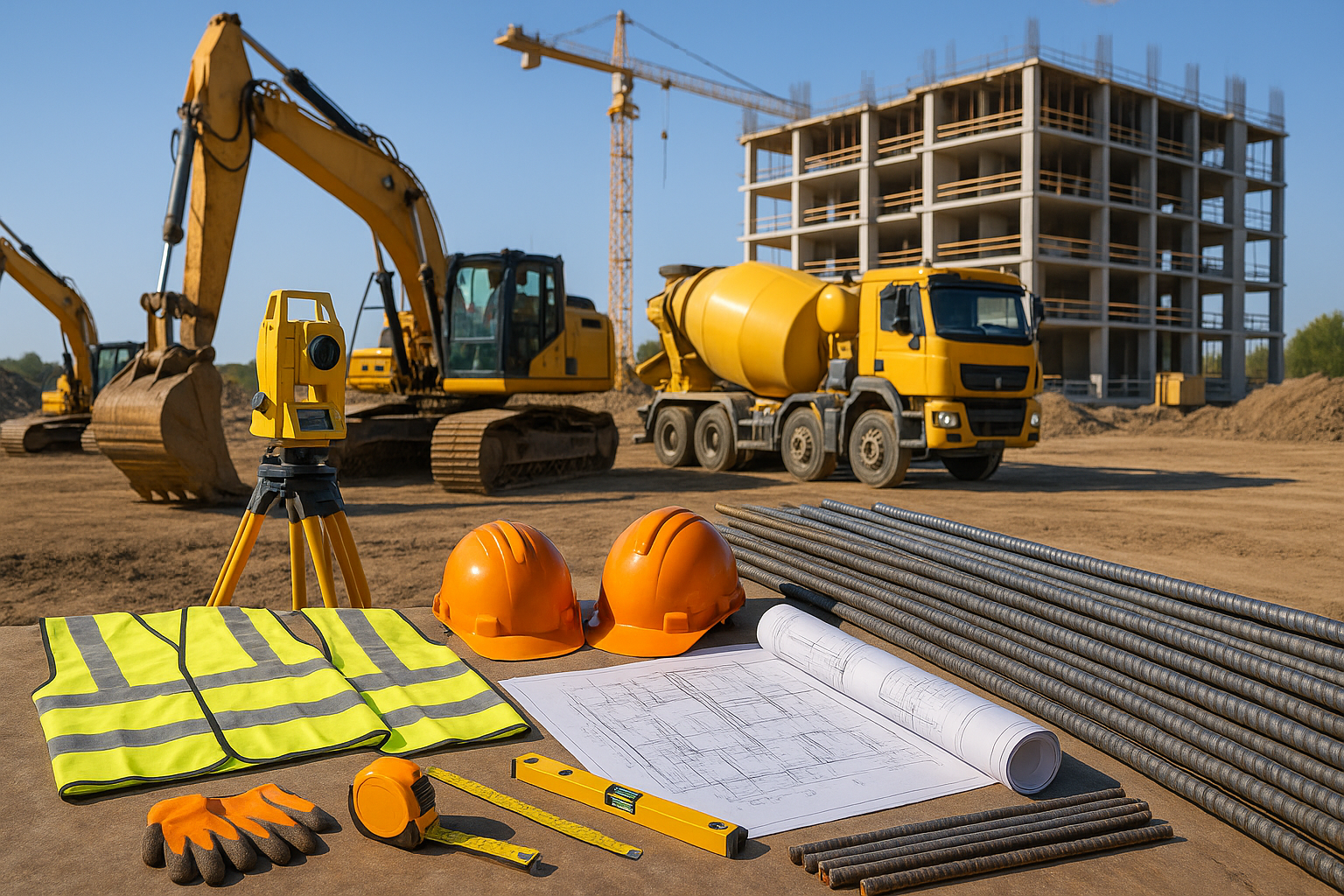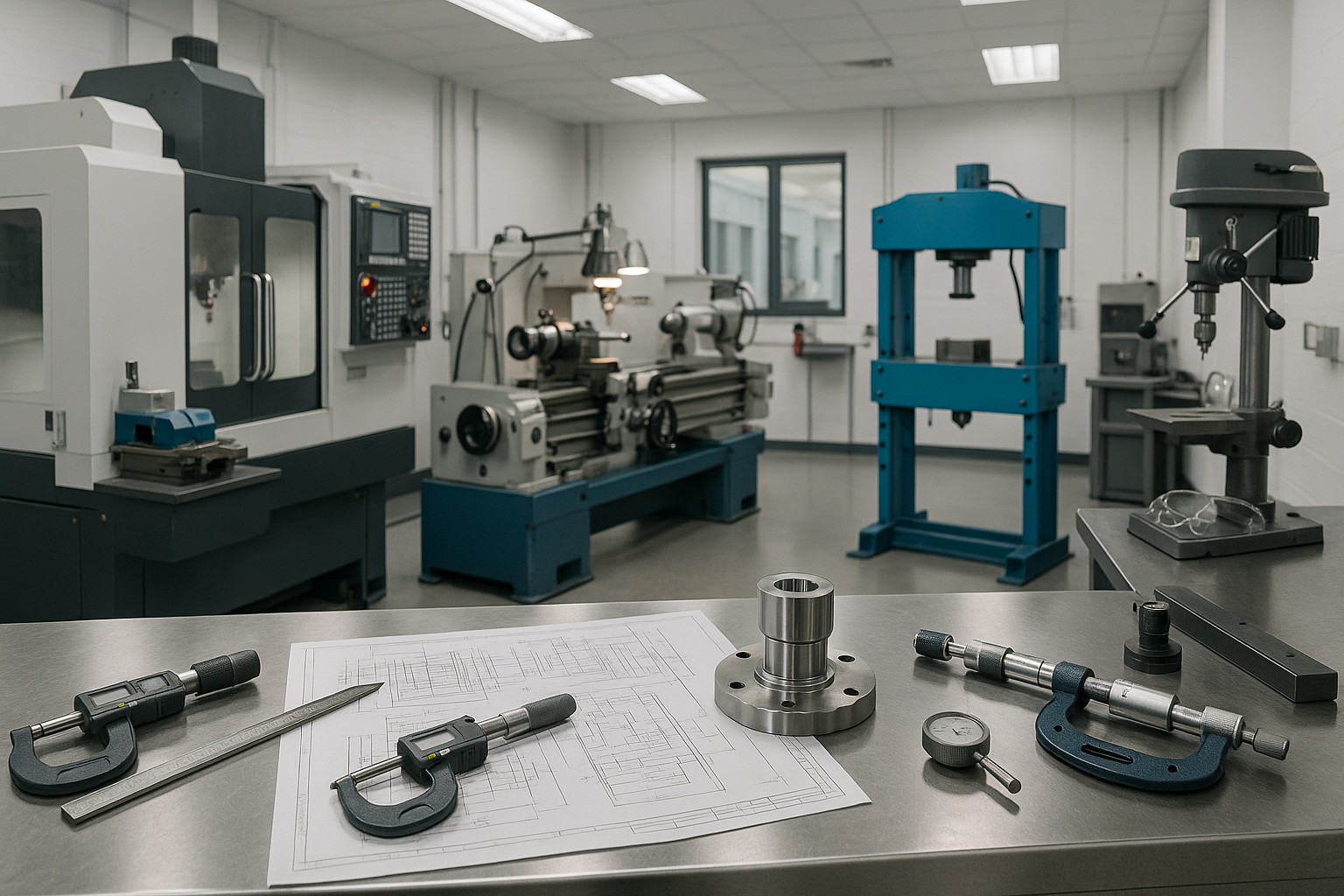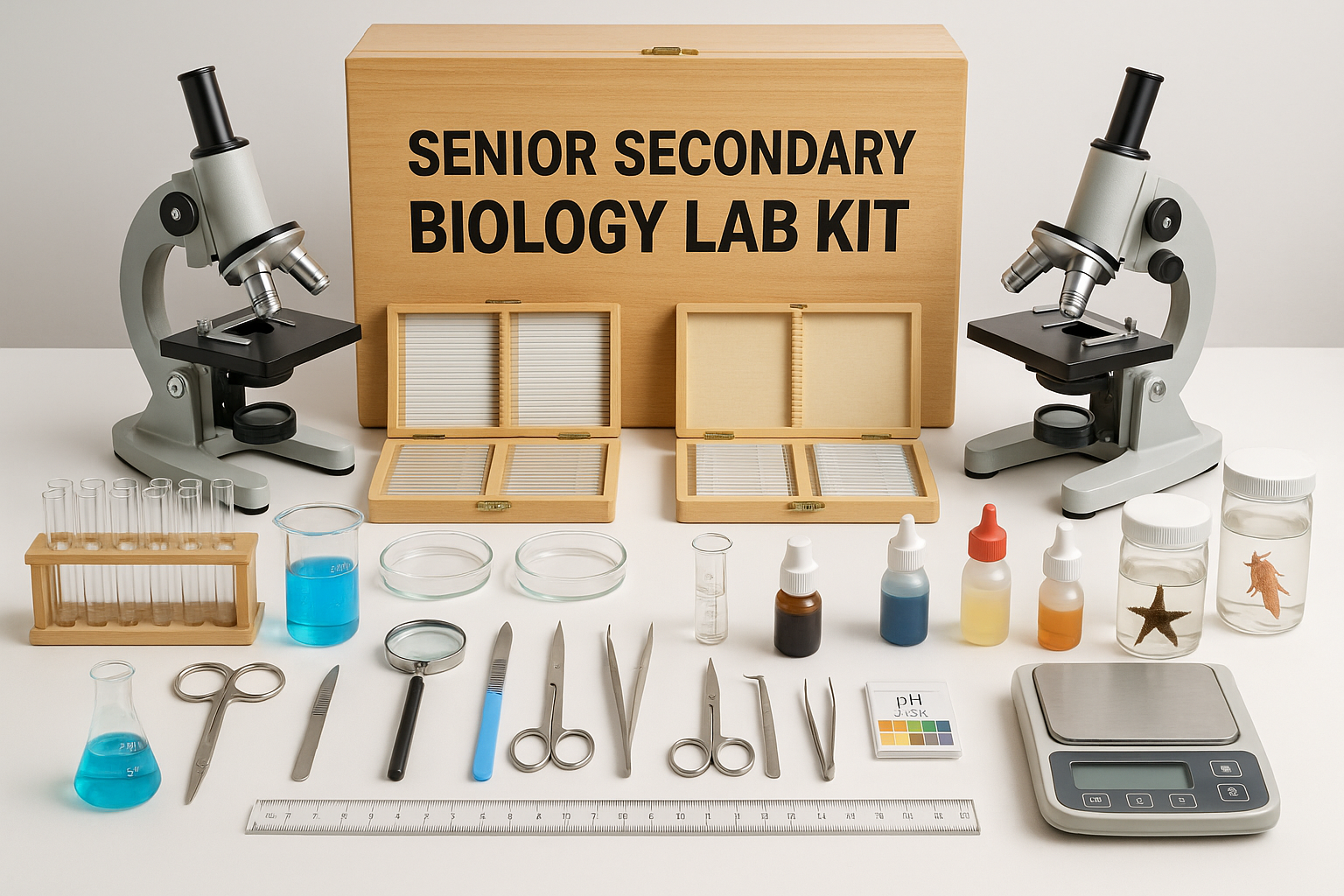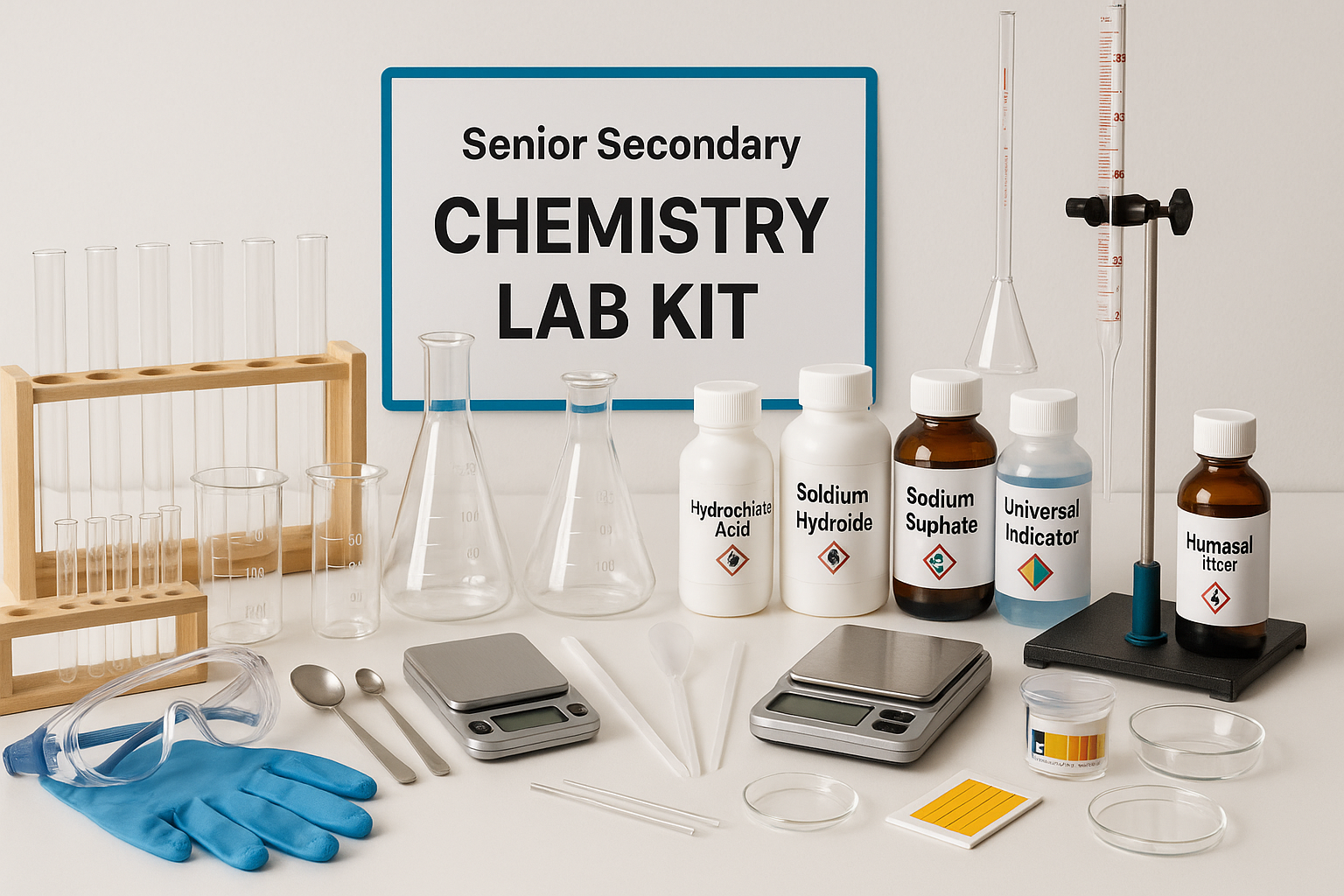Understanding the Role of Technical Educational Equipment in Modern Education
Technical Educational Equipment plays a pivotal role in shaping the learning experiences of students across various disciplines. In today’s rapidly changing educational landscape, the integration of advanced tools and technologies is essential for enhancing teaching methodologies and improving student engagement. From science labs to digital learning platforms, utilizing the right technical educational equipment not only facilitates a richer learning environment but also prepares students for future challenges in a technology-driven world.
Technical educational equipment refers to tools, devices, and apparatuses specifically designed to support and enhance technical education and training. These equipment are used in various educational settings such as schools, colleges, vocational training centers, and technical institutes to provide hands-on learning experiences and practical knowledge in technical subjects.
Here are some examples of technical educational equipment:
-
Electrical Training Kits: These kits include components like resistors, capacitors, diodes, transistors, and integrated circuits that allow students to learn and practice electrical circuit design, troubleshooting, and analysis.
-
Robotics Kits: Robotics kits consist of mechanical parts, sensors, actuators, and microcontrollers that enable students to build and program robots. These kits help students understand principles of robotics, automation, and programming.
-
CNC Machines: Computer Numerical Control (CNC) machines are used to teach computer-aided manufacturing processes. Students can learn about machining operations, tooling, and programming by operating CNC milling machines, lathes, or routers.
-
3D Printers: 3D printers enable students to create physical objects from digital designs. They learn about computer-aided design (CAD), prototyping, and additive manufacturing techniques.
-
Automotive Training Equipment: This includes engine simulators, transmission systems, braking systems, and other automotive components to provide hands-on training in automotive technology, repair, and maintenance.
-
Welding Simulators: Welding simulators replicate welding processes in a virtual environment, allowing students to practice welding techniques, safety protocols, and gain proficiency before working with real welding equipment.
-
Renewable Energy Kits: These kits incorporate solar panels, wind turbines, and energy storage devices to teach concepts related to renewable energy generation, utilization, and management.
-
Network Simulation Software: Software-based network simulators allow students to design, configure, and simulate computer networks. They learn about network protocols, troubleshooting, and network administration.
-
Mechatronics Training Systems: Mechatronics combines mechanical engineering, electronics, and computer science. Mechatronics training systems integrate mechanical components, sensors, actuators, and programmable logic controllers (PLCs) to teach principles of automation and control systems.
-
Virtual Reality (VR) and Augmented Reality (AR) Tools: VR and AR tools provide immersive and interactive learning experiences in various technical fields. They can be used to simulate real-world scenarios, visualize complex concepts, and enhance understanding.
These are just a few examples of the wide range of technical educational equipment available. The specific equipment used may vary depending on the educational institution, curriculum, and focus of the technical education program.
LABORATORYDEAL India maintains a good quality assurance of all its products and provides lab equipment at affordable and eco-friendly rates. The company provides lab equipment throughout and outside the country and has a network of dealers and distributors in various states, including Andhra Pradesh, Arunachal Pradesh, Assam, Bihar, Chhattisgarh, Goa, Gujarat, Haryana, Himachal Pradesh, Jharkhand, Karnataka, Kerala, Madhya Pradesh, Maharashtra, Manipur, Meghalaya, Mizoram, Nagaland, Odisha, Punjab, Rajasthan, Sikkim, Tamil Nadu, Telangana, Tripura, Uttar Pradesh, Uttarakhand, and West Bengal
The importance of Technical Educational Equipment cannot be overstated. It ranges from basic classroom tools, such as projectors and interactive whiteboards, to advanced scientific apparatuses and virtual reality systems. These resources help educators deliver content in more effective ways, allowing students to grasp complex concepts through practical applications. Furthermore, hands-on experience with technical instruments fosters critical thinking, creativity, and problem-solving skills—capabilities that are vital in today’s workforce.
Moreover, technical educational equipment is not limited to physical tools. Digital resources, like learning management systems and educational software, play a crucial role in providing personalized learning experiences. Students can access materials at their own pace, revisit challenging topics, and engage in collaborative projects with peers—all of which are made possible through the innovative application of technology in education.
Incorporating technical educational equipment into the curriculum requires careful planning and consideration. Educators must assess the needs of their students and align their tool selection with learning objectives. For instance, in STEM education, equipment that allows for experimentation and exploration is essential. This could include robotics kits, coding platforms, or laboratory instruments that enable students to conduct experiments and analyze data effectively.
Furthermore, the availability of technical educational equipment is vital for educational institutions to remain competitive. Schools and universities that embrace modern technology attract more students and prepare them adequately for higher education and job markets. It demonstrates a commitment to providing a quality education that meets contemporary standards.
On the other hand, the investment in technical educational equipment calls for proper training for educators to ensure they can utilize these tools effectively. Professional development programs should focus on integrating technology into their teaching practices, emphasizing the pedagogical benefits of using technical educational equipment in diverse learning environments. By developing educators’ skills, institutions can maximize the potential of these tools and enhance the overall learning experience for students.
To further illustrate the effectiveness of technical educational equipment, we can look at case studies from various educational institutions that have successfully integrated these tools into their programs. For instance, universities that have adopted virtual laboratories have seen significant improvements in student engagement and performance. Online simulations allow students to perform experiments in a safe environment, fostering a deeper understanding of scientific principles without the logistical constraints of a physical lab.
In addition to enhancing understanding, technical educational equipment facilitates collaboration among students. Tools like collaborative software and interactive platforms encourage group work, enabling students to share ideas and learn from each other’s perspectives. This collaborative spirit is essential for developing communication skills and teamwork, which are critical traits in the modern workforce.
Furthermore, the versatility of technical educational equipment allows it to be utilized across different subjects. In language learning, for example, digital platforms with multimedia content can help students grasp foreign languages more effectively through interactive and engaging methods. In the arts, digital design tools provide students with the means to express their creativity and enhance their skills in a professional context.
Lastly, as we look to the future, the evolution of technology promises even more innovative educational tools. Emerging technologies like artificial intelligence, augmented reality, and machine learning will soon reshape the educational landscape, offering new possibilities for personalized learning experiences. Staying abreast of these advancements is crucial for educational institutions that wish to remain relevant and effective in providing quality education to their students.
In conclusion, Technical Educational Equipment stands at the forefront of educational advancement, providing the essential tools and resources required for effective teaching and learning. By integrating these advanced tools into the educational framework, we not only enhance the learning experience for students but also prepare them for the future. As educators and institutions embrace the potential of technology, the possibilities for enriching education through technical equipment are limitless.

